detail profile xu ruotao
Peran Yang Di Mainkan Xu Ruotao
 Workers wrongfully dismissed wage battle against...
Workers wrongfully dismissed wage battle against...Ants Dynamics 2020
Workers wrongfully dismissed wage battle against their employer, China Telecom. Incorporating artistic means of expression such as photography and theater, various artists wage extraordinary performances with the workers in the film, in solidarity with their struggles.
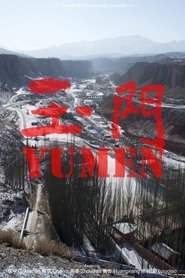 Set in a quasighost town that...
Set in a quasighost town that...Yumen 2013
Set in a quasi-ghost town that once thrived with oil in China's arid northwest, Yumen is a haunting, fragmented tale of hungry souls, restless youth, a wandering artist and a lonely woman, all searching for human connection among the town's crumbling landscape. One part "ruin porn", one part "ghost story”, and entirely shot on 16mm, the film brings together performance art, narrative gesture, and social realism not only to play with convention and defy genre, but also to pay homage to a disappearing life-world and a fading medium.
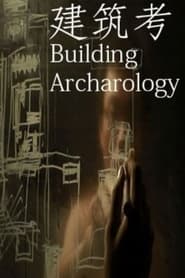 The documentary Building Archeology jinzh ko 2011...
The documentary Building Archeology jinzh ko 2011...Building Archaeology 2011
The documentary Building Archeology (jiànzhú kǎo) (2011) considers the more recent past. It’s made up of three vignettes about different buildings in Beijing: a museum, an abandoned hospital, and a detention center. The latter two vignettes are especially interesting. In the second, a woman wanders around the ruins of a hospital built in a week to deal with the 2003 SARS outbreak. The third concerns a former prisoner, tracing out a map of the detention center where he was held in 2011.
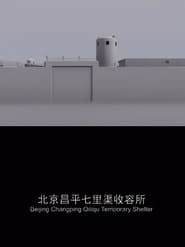 Beijing Changping Qiliqu Temporary Shelter is...
Beijing Changping Qiliqu Temporary Shelter is...Beijing Changping Qiliqu Temporary Shelter 2008
Beijing Changping Qiliqu Temporary Shelter is a shelter that was part of the network of temporary shelters used in China from the early 1950s to accommodate homeless people (the liumang 流氓). Changping Qiliqu shelter was used as a detention center in the 1990s, in particular, to incarcerate recalcitrant Yuanmingyuan artists, including Xu Ruotao. With its cold and soulless images, this video has a latent subversive tone, and a consistent vision of a hostile world.


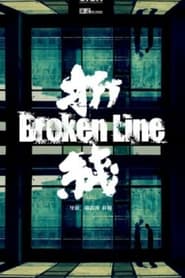
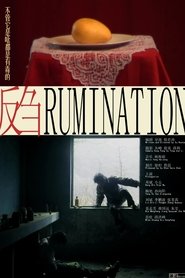 An exploration of the Cultural Revolution...
An exploration of the Cultural Revolution...